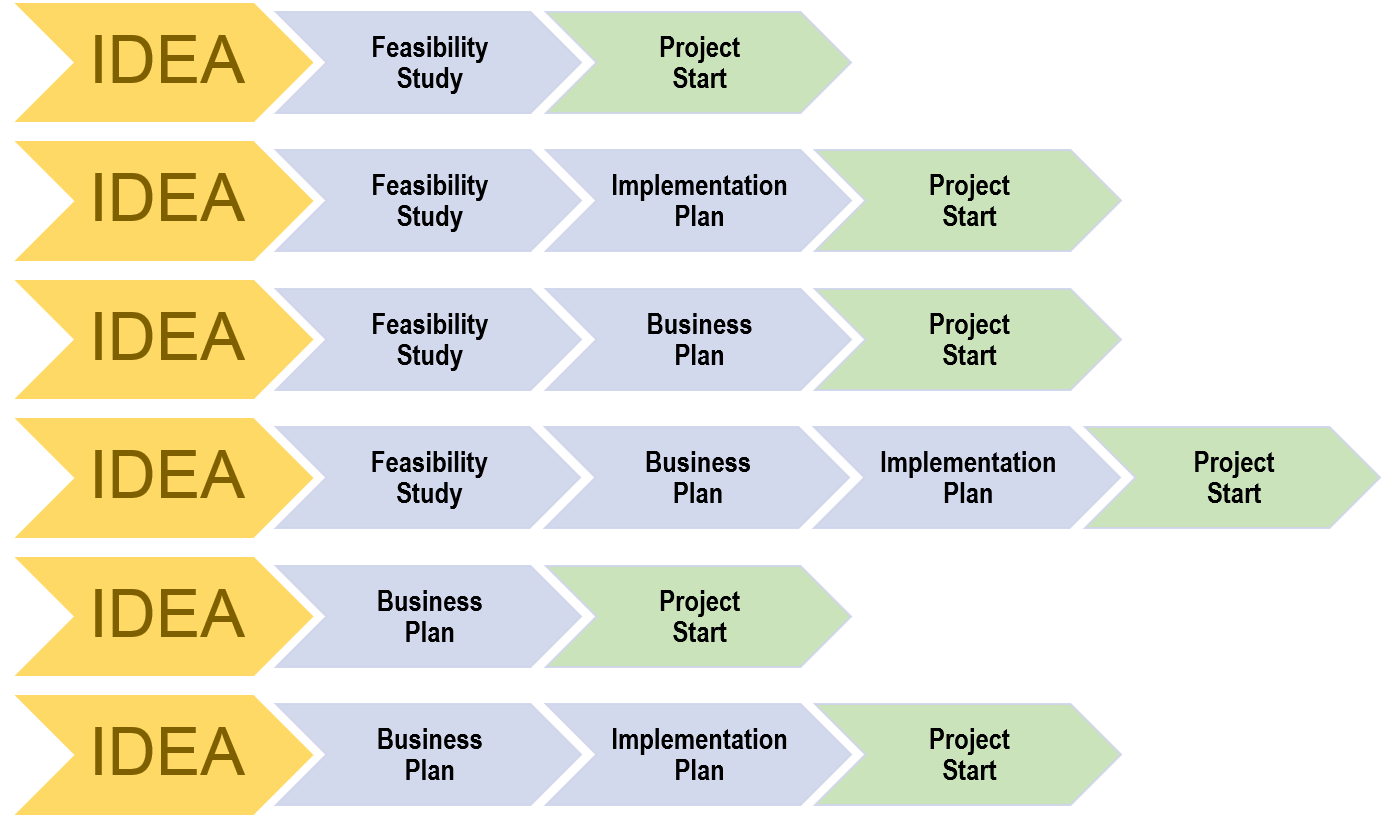Explore New Ideas with Feasibility Studies
As organizations emerge from the crisis management required during Covid19 and take up their strategic planning, many are feeling the need to “reset”. The time seems right to revisit what was important prior to Covid19 but also take a closer look at what was accomplished during the pandemic. This includes the new ideas and innovation in service delivery born out of necessity. The pandemic was also a time for increased collaboration among organizations working together to address priority needs, which brought about more new ideas. As a result, you may have at least one (maybe more) new ideas waiting to be tested on a larger scale or even explored for the first time.
A new idea...but... Covid19 could have been the impetus for new ideas, however it may also have left your organization with thin margins – or none at all. If so, capital investments must be chosen more carefully than ever. At the same time, workforce shortages are increasing the number and scope of responsibilities on everyone’s plate. So where can we find the time to explore that new idea more fully before making the “go / no go” decision? Business Plans have always been a great tool for this, but done well, require time to gather and analyze a range of information and develop the basic tenants of implementation so that the idea can be truly tested. With tight capital and an overstretched leadership team, is there an alternative?
Another Approach Feasibility Studies may be a viable option. They can be thought of as a lower investment precursor, and sometimes alternative, to Business Plans. While Business Plans fully explore whether (or not) an idea is a sound business decision, Feasibility Studies can be thought of as further upstream thinking: is this idea even doable and realistic? Good opportunities for application include:
♦ New Services or Products
♦ Changes in a Core Process
♦ Process or Quality Improvement Efforts
♦ Exploring New Customer Markets
♦ Changes in Organizational Structure or Capacity
♦ Partnerships with Other Organizations
Though more limited in scope and detail, Feasibility Studies contain several key components also found in Business Plans, including an overview of the opportunity, a description and quantification of the target market/customer, and an assessment of risks. Financial analysis is often high level.
One Destination...Many Paths In cases where the findings are very promising and more or less conclusive, Leadership may proceed directly to implementation. In other cases, they may opt to proceed to the development of a Full Business Plan. In that case, some of the work of the Business Plan will already have been completed and can be incorporated, saving time and effort. Both Business Plans and Feasibility Studies also provide valuable information for implementation planning, especially for large scale / scope projects.  So, depending on your idea and situation, there are actually many potential paths from idea to project start (see diagram at right).
So, depending on your idea and situation, there are actually many potential paths from idea to project start (see diagram at right).
Right Tool...Right Time In certain situations, a Business Plan would be the best tool for exploring and planning for a new service or major change. That is why Boards and Leadership Teams rely on them to make a final go / no go decision on those kinds of major projects. However, if you are an earlier stage with your idea...still wondering if it is a good one or not...and time is tight, then the Feasibility Study may be a viable option depending on several other considerations. And just like Business Plans, you can easily take on the work internally or outsource the work for an even quicker answer.
If you want help deciding on the best path to take your idea to “start”, or you want help with a Feasibility Study, Business Plan, or Implementation Plan, contact me at your convenience.
Jeff
